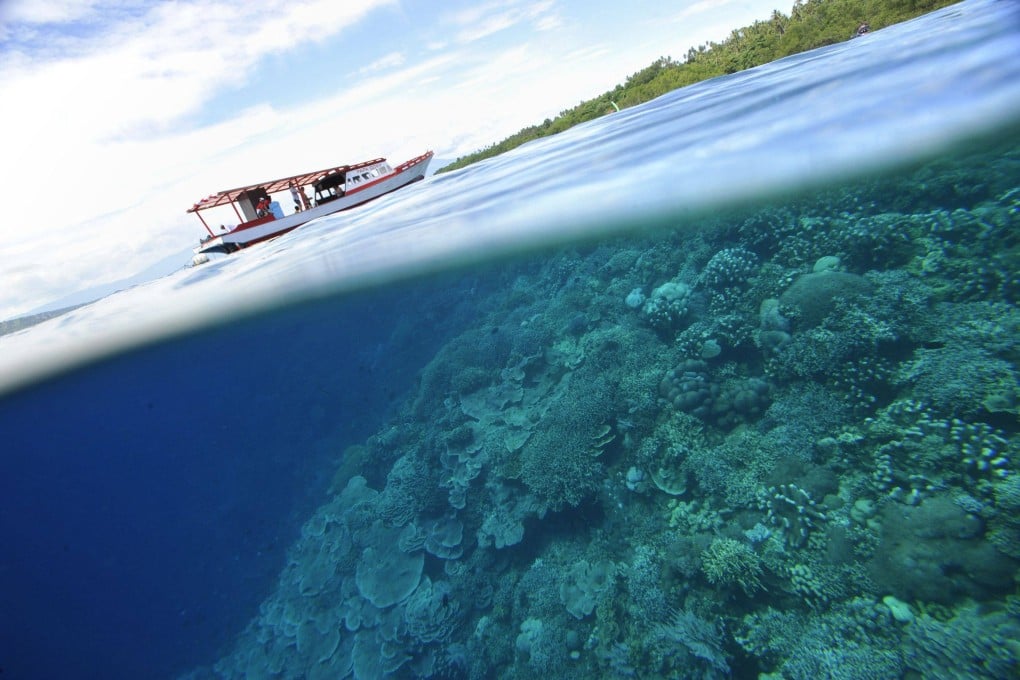Advertisement
Opinion | For Southeast Asia to survive climate change, timid effort is not enough
- With its long coastlines that leave it vulnerable to rising sea levels and extreme weather, the region must adopt a comprehensive strategy that includes not just reinforcing coastal defences but also restoring the environment and moving people inland
Reading Time:3 minutes
Why you can trust SCMP
2

Earlier this year, the World Economic Forum published its 2024 Global Risks Report and named climate change as one of the most perilous crises we face. The many coastal communities in Southeast Asia need no reminding.
Advertisement
Southeast Asia’s long coastlines leave it vulnerable to rising sea levels and extreme weather. Rising sea levels and erosion are already swallowing homes along the region’s coastline, and will affect millions of people as they worsen. Big cities, small fishing villages and surrounding ecosystems face the risk of submersion and disappearance. Can these communities adapt in time?
Yes, but urgent action is required. A regional strategy needs to focus on relocating people, reinforcing infrastructure and restoring the environment to safeguard its coastlines. Waiting around will only exacerbate the problem and result in significantly higher costs later.
We must acknowledge that some areas are already past the point of no return. In places where the coastline has moved too far inland, the practical solution is to relocate communities out of harm’s way using organised, incentive-based plans.
While this might sound extreme, it gives people a chance to settle in safer areas instead of constantly rebuilding in submerged zones. Meanwhile, uninhabitable coastal areas can be repurposed for restoration, acting as buffers against future erosion.
Advertisement
In densely populated cities where relocation isn’t an option, the coast must be fortified with concrete sea walls and breakwaters to fend off rising tides. If we get it right, these structures can shield urban coastal areas. But as sea levels keep rising, those fortifications will eventually get swamped and require rebuilding even higher.

Advertisement
